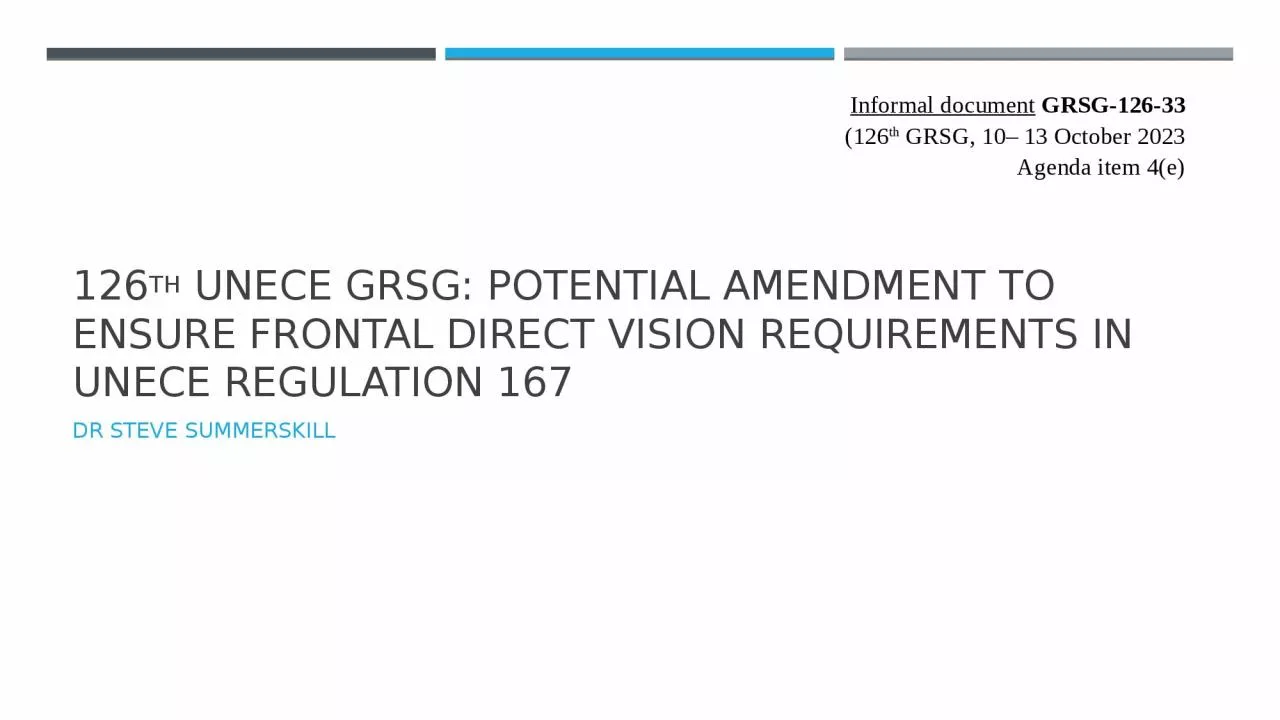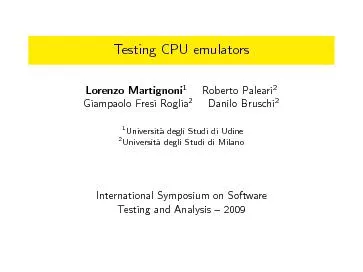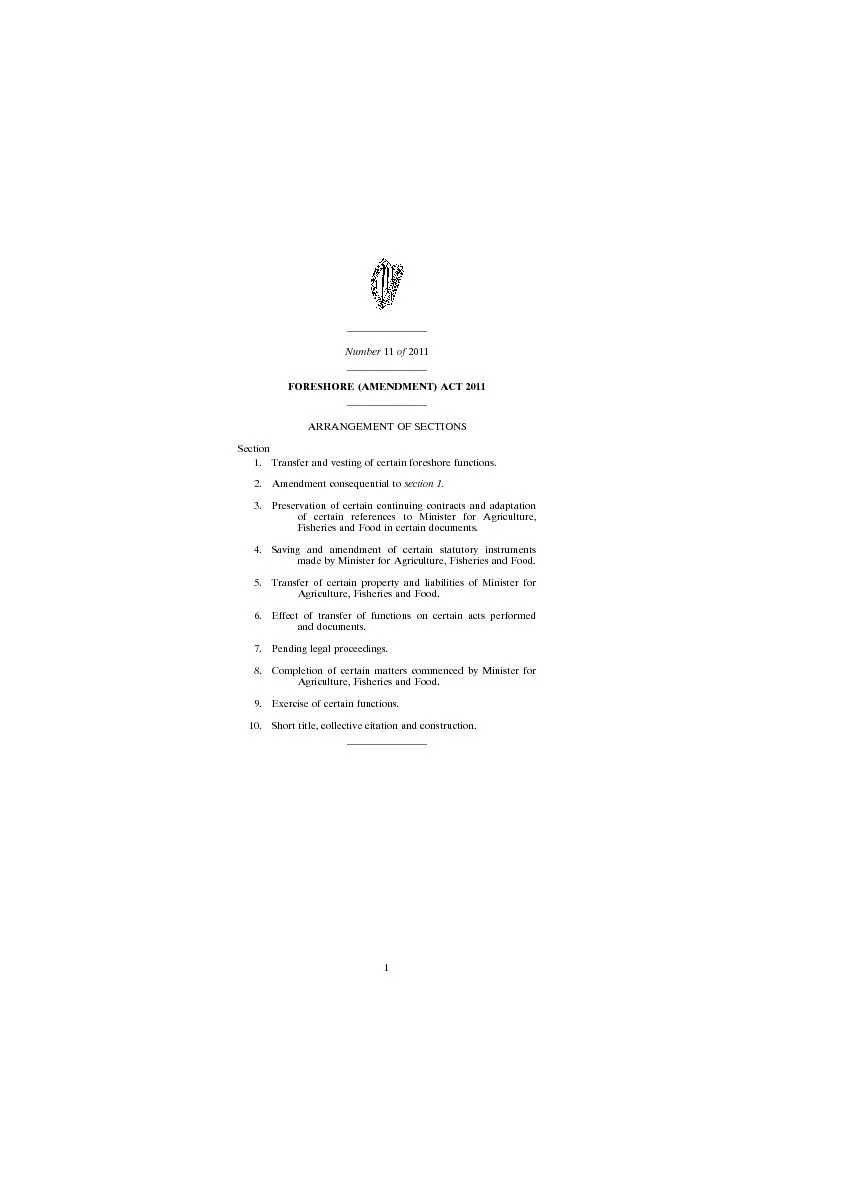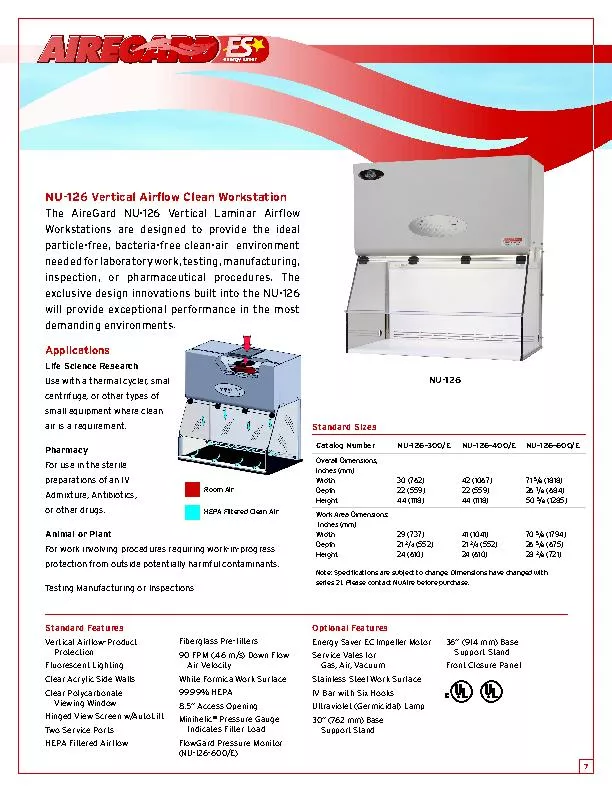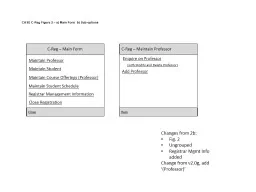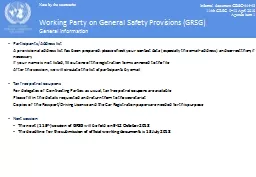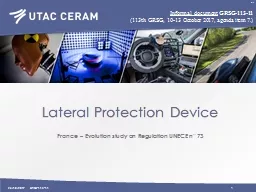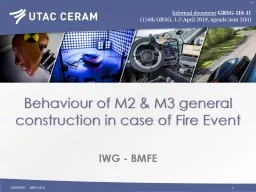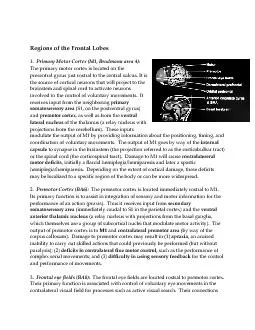PPT-126 th Unece GRSG: Potential amendment to ensure frontal direct vision requirements
Author : vivian | Published Date : 2024-03-15
Dr Steve Summerskill Informal document GRSG12633 126 th GRSG 10 13 October 2023 Agenda item 4e Contents Reminder of the premise that established the method used
Presentation Embed Code
Download Presentation
Download Presentation The PPT/PDF document "126 th Unece GRSG: Potential amendmen..." is the property of its rightful owner. Permission is granted to download and print the materials on this website for personal, non-commercial use only, and to display it on your personal computer provided you do not modify the materials and that you retain all copyright notices contained in the materials. By downloading content from our website, you accept the terms of this agreement.
126 th Unece GRSG: Potential amendment to ensure frontal direct vision requirements: Transcript
Download Rules Of Document
"126 th Unece GRSG: Potential amendment to ensure frontal direct vision requirements"The content belongs to its owner. You may download and print it for personal use, without modification, and keep all copyright notices. By downloading, you agree to these terms.
Related Documents

